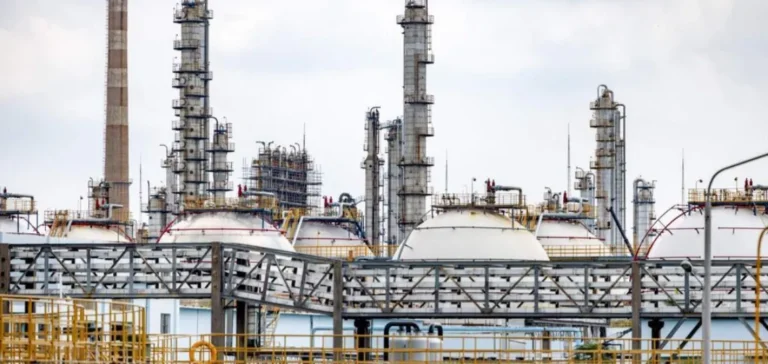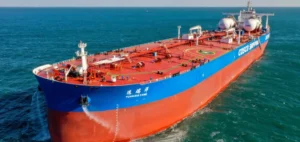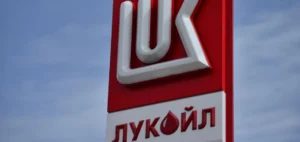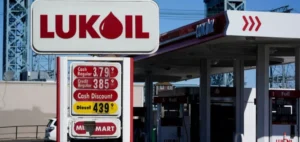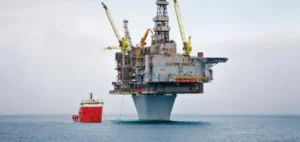Crude oil exports from Canada’s Pacific Coast rose in August to 13.7 million barrels, up from 13.1 million in July. The increase followed expanded utilisation of the recently upgraded Trans Mountain (TMX) pipeline, which links Edmonton, Alberta to the Westridge Marine terminal in British Columbia. Of the volumes shipped in August, 6.8 million barrels were sent to China, while 5.2 million barrels were delivered to the United States.
The TMX pipeline added 590,000 barrels per day (b/d) of new capacity to the existing 300,000 b/d network, allowing for the transport of both heavy and light crude from Canadian oil sands to export markets. This re-routing has tightened price differentials on Canadian grades, with Cold Lake crude FOB Westridge assessed at a $2.09/barrel discount to WTI on September 11, compared with a $9.22/barrel discount on July 31.
Chinese refiners anchor to Canadian supply
Industry sources noted that Chinese refineries are increasingly viewing Western Canadian Select (WCS) crude as a stable supply, with transit times around ten days shorter than shipments from the US Gulf Coast. This shift also aligns with seasonal trends, as more barrels become available for export at the close of North America’s summer driving season.
Commercial ties between Canadian heavy oil producers and Chinese refiners appear to be strengthening, prompting more shipments toward Canada’s Pacific Coast and away from the US Gulf Coast. As a result, re-export volumes from US Gulf terminals have declined significantly, with only 2.8 million barrels of Canadian crude exported in August, all to India, compared with 6 million barrels in June.
US crude flow realignment underway
The drop in Canadian shipments via the US could also reflect tighter availability of heavy crude for US Gulf Coast refiners. In August, the US imported 28.4 million barrels of waterborne heavy crude, up from 26.1 million in July, but below April’s 40.3 million barrels.
Mexican exports rose to 8.7 million barrels in August from 7.2 million in July, while Venezuela shipped 1.5 million barrels, recovering from zero the previous month. However, these figures remain below August 2024 levels, when Mexico exported 9.3 million barrels and Venezuela 3.8 million barrels to the US.
US refiners turn to lighter grades
The fall in heavy crude volumes may reflect operational shifts by US refiners, who are increasingly turning to lighter crudes, more readily available due to higher US shale output. Data from the US Energy Information Administration (EIA) shows that the weighted average API gravity of crude processed at Gulf Coast refineries rose to 33.93 degrees in June 2025, up from 32.5 degrees in June 2020.
This trend could continue to reshape global crude trade flows, offering Canadian producers increased access to Asian markets via TMX.


